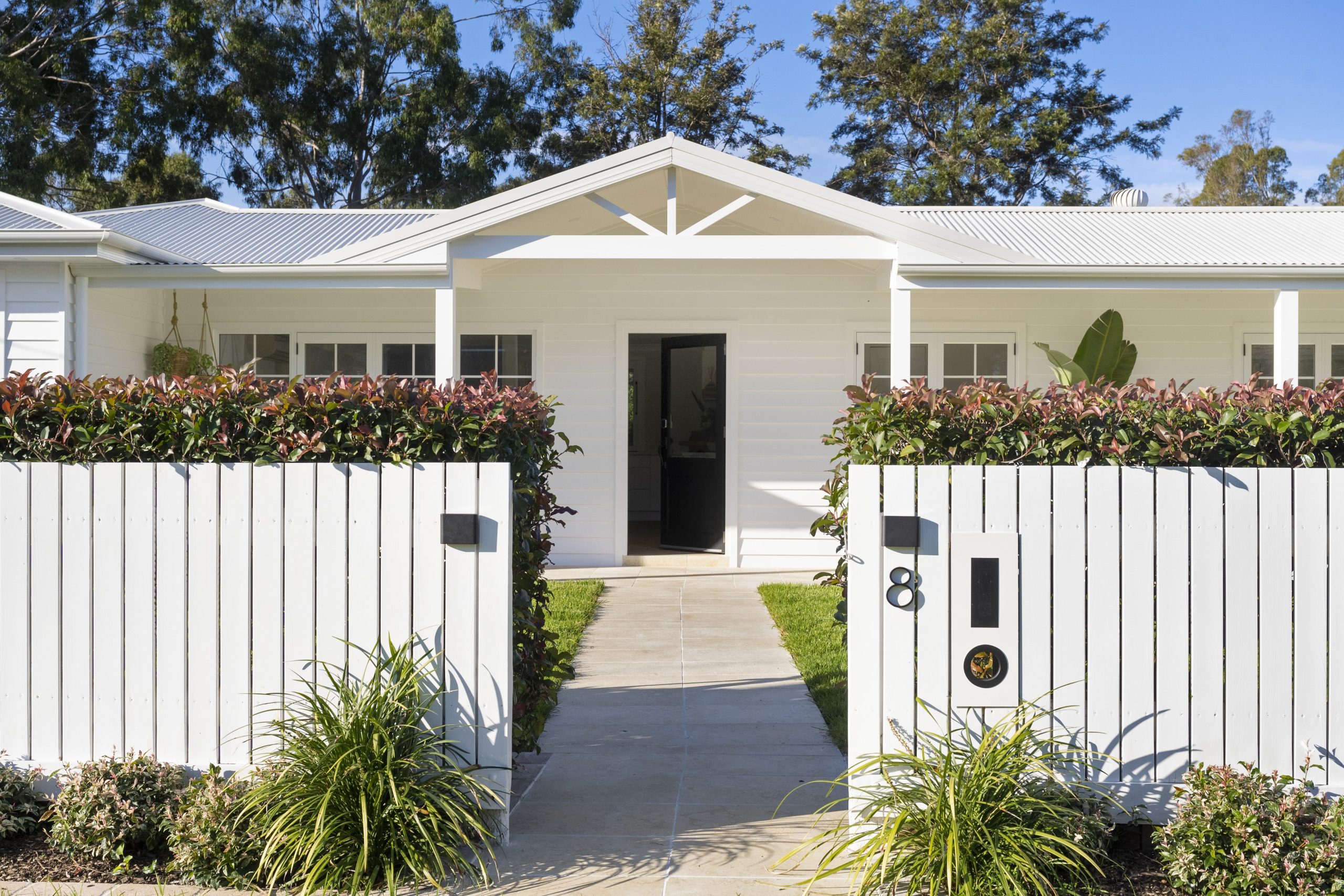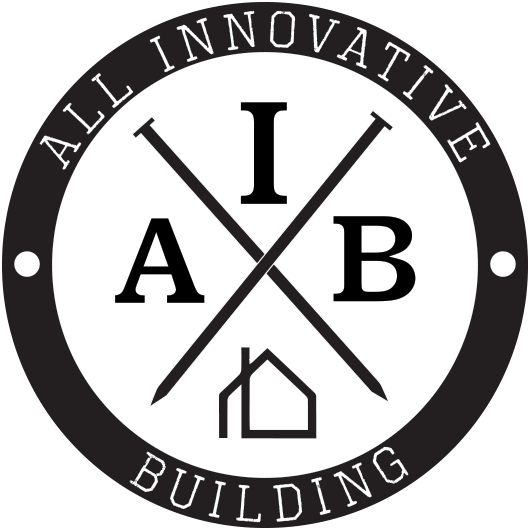
28 Jul How to prevent scope creep when building a new home
Building a new home is an exciting endeavour that allows you to design your ideal living place. However, scope creep can readily occur, particularly if the project is not thoroughly planned or detailed with a scope and schedule of finishes. The constant extension of project goals and needs beyond the original plan results in increasing expenses and delays. This blog will review the crucial strategies for preventing scope creep and ensuring a successful house construction project with your builder.
Clearly Define the Project Scope
Begin by carefully outlining the scope of your new home construction project. Outline the features, specifications, and materials you want to use. To avoid misunderstandings, clearly communicate your requirements to the architect, builder, and other professionals involved in the project and have them clearly detailed on plans with a schedule of finishes before construction commences.
Establish a Detailed Contract
Ensure that you have a detailed contract in place with your builder. This is very important. The scope of work should be well defined, including specified deliverables, dates, and cost estimates. Before starting, ensure that all parties involved have a comprehensive grasp of the contract, and that there is a process for managing changes or additions to the scope.
Maintain Open and Regular Communication
Effective communication between you, the builder, and other stakeholders is crucial. Meet with your builder frequently to discuss progress and the budget and address any concerns to ensure everyone works within the agreed-upon scope.
Conduct Thorough Planning
Before beginning any work on your new home construction project, take the time to plan it thoroughly. Finalising the design, selecting materials, and making critical decisions early on are all examples of this. The more precise your planning, the less likely it is that unexpected changes will occur later.
Variation Process
Your builder should have a variation process that requires any changes to the project scope to be explicitly recorded and approved. This approach should include assessing the impact of the modification on the project’s schedule, budget, and overall goals. Ensure that all parties involved understand and adhere to this procedure.
Prioritise and Evaluate Changes
When faced with a potential scope change, evaluate its importance and impact on the overall project. Determine whether the change is necessary or can be incorporated into a future phase of building a new home. Avoid making impulsive decisions that may disrupt the project’s progress.
Monitor Budget and Schedule
Regularly check the budget and timeline for any deviations. Track expenses and make sure the project is moving along as anticipated when building a new home. To avoid further scope creep, address any discrepancies as soon as possible.
Project Manager
A project manager will assist in ensuring effective project oversight. When modifications occur, a project manager may monitor the construction progress, track the scope, and assist in making educated decisions when changes arise during the process of building a new home.
Educate Stakeholders
Clearly communicate the potential consequences of scope creep to all stakeholders involved in the project. Family members included. Ensure everyone understands the importance of adhering to the agreed-upon scope and the potential impact of changes.
Document Everything
Detailed records of all project-related papers should be kept, such as plans, specifications, contracts, and change orders. This documentation acts as a reference and can help with any possible disagreements or misunderstandings.
Remember that preventing scope creep is a proactive process that requires constant monitoring. By setting precise planning, specifications, and expectations, maintaining open communication, and following a structured approach, you can minimise the likelihood of scope creep and ensure a smooth construction phase for your upcoming project of building a new home.


Sorry, the comment form is closed at this time.